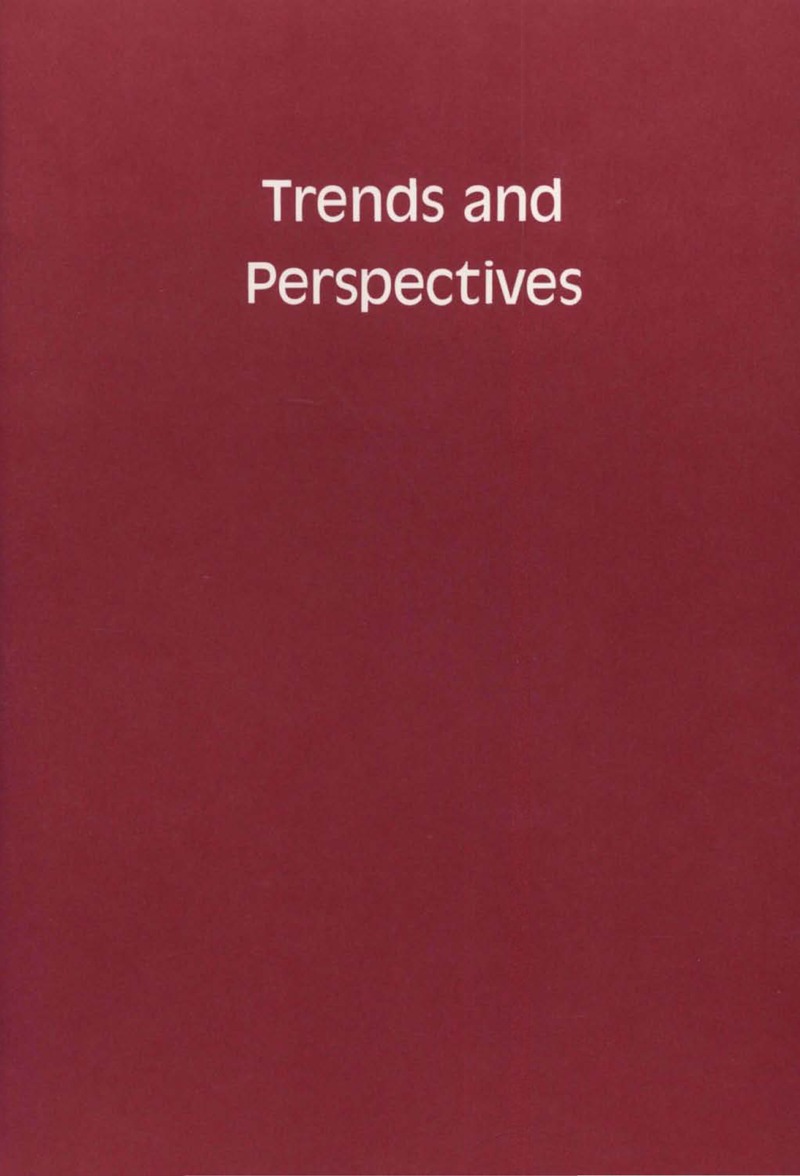Crossref Citations
This article has been cited by the following publications. This list is generated based on data provided by Crossref.
Fisher, Michael H.
Chabala, John C.
and
Mrozik, Helmut
1981.
Annual Reports in Medicinal Chemistry Volume 16.
Vol. 16,
Issue. ,
p.
161.
Russell, D. G.
and
Sinden, R. E.
1981.
The role of the cytoskeleton in the motility of coccidian sporozoites.
Journal of Cell Science,
Vol. 50,
Issue. 1,
p.
345.
Braunius, W. W.
1982.
Coccidiosis in Broilers: the Effective use of Anticoccidial Drugs.
World's Poultry Science Journal,
Vol. 38,
Issue. 3,
p.
176.
Tadros, Wedad
and
Laarman, J.J.
1982.
Advances in Parasitology Volume 20.
Vol. 20,
Issue. ,
p.
293.
Miller, Richard L.
Adamczyk, David L.
Rideout, Janet L.
and
Krenitsky, Thomas A.
1982.
Purification, characterization, substrate and inhibitor specificity of adenosine kinase from several Eimeria species.
Molecular and Biochemical Parasitology,
Vol. 6,
Issue. 4,
p.
209.
Chapman, H.D.
1984.
Drug resistance in avian coccidia (a review).
Veterinary Parasitology,
Vol. 15,
Issue. 1,
p.
11.
1984.
Comprehensive Heterocyclic Chemistry.
p.
673.
Pasternak, J.
and
Fernando, M. A.
1984.
Host cell response to coccidian infection: an introspective survey.
Parasitology,
Vol. 88,
Issue. 3,
p.
555.
Banks, B.J.
Walshe, N.D.
and
Witty, M.J.
1984.
Comprehensive Heterocyclic Chemistry.
p.
201.
Fiori, Mario G.
and
Lowndes, Herbert E.
1988.
Histochemical study ofSarcocystis sp. intramuscular cysts in gastrocnemius and soleus of the cat.
Parasitology Research,
Vol. 75,
Issue. 2,
p.
123.
San Martin-Nuñez, B.V.
Ordoñez-Escudero, D.
and
Alunda, J.M.
1988.
Preventive treatment of rabbit coccidiosis with α-difluoromethylornithine.
Veterinary Parasitology,
Vol. 30,
Issue. 1,
p.
1.
HOSEK, JAMES E.
TODD, KENNETH S.
and
KUHLENSCHMIDT, MARK S.
1988.
Improved Method for High‐Yield Excystation and Purification of Infective Sporozoites of Eimeria spp.1.
The Journal of Protozoology,
Vol. 35,
Issue. 4,
p.
583.
BARBET, ANTHONY F.
1989.
Vaccine Biotechnology.
Vol. 33,
Issue. ,
p.
345.
Lateef Molan, Abdul
Liu, Zhuojian
and
De, Shampa
2009.
Effect of pine bark (Pinus radiata) extracts on sporulation of coccidian oocysts.
Folia Parasitologica,
Vol. 56,
Issue. 1,
p.
1.



